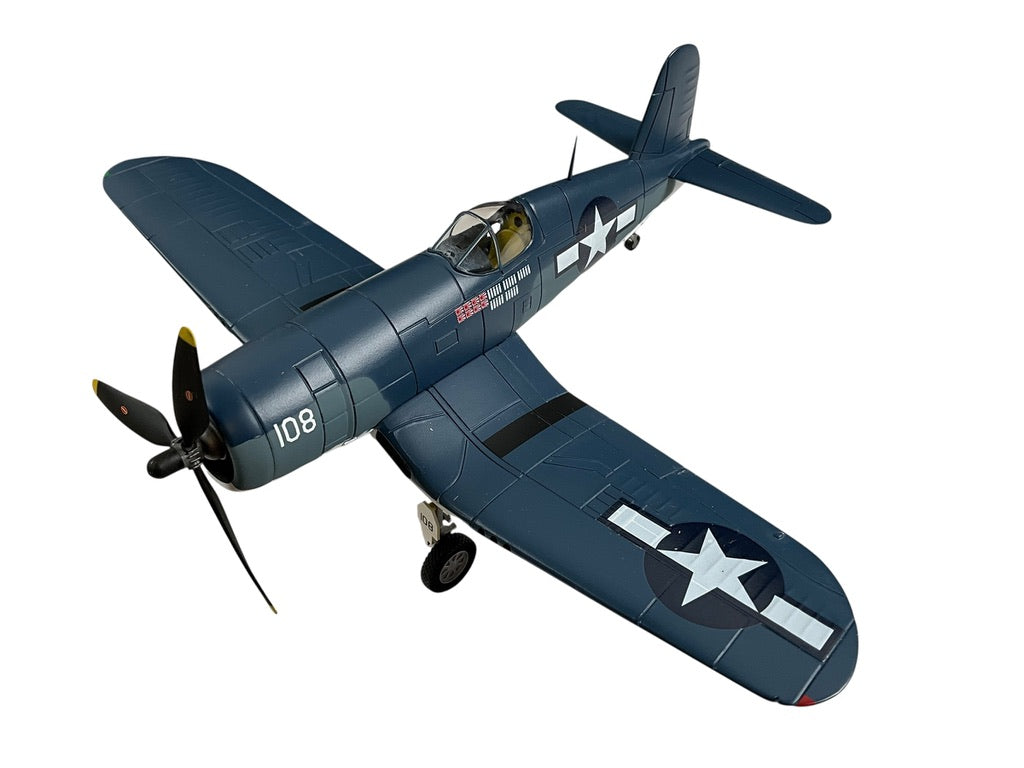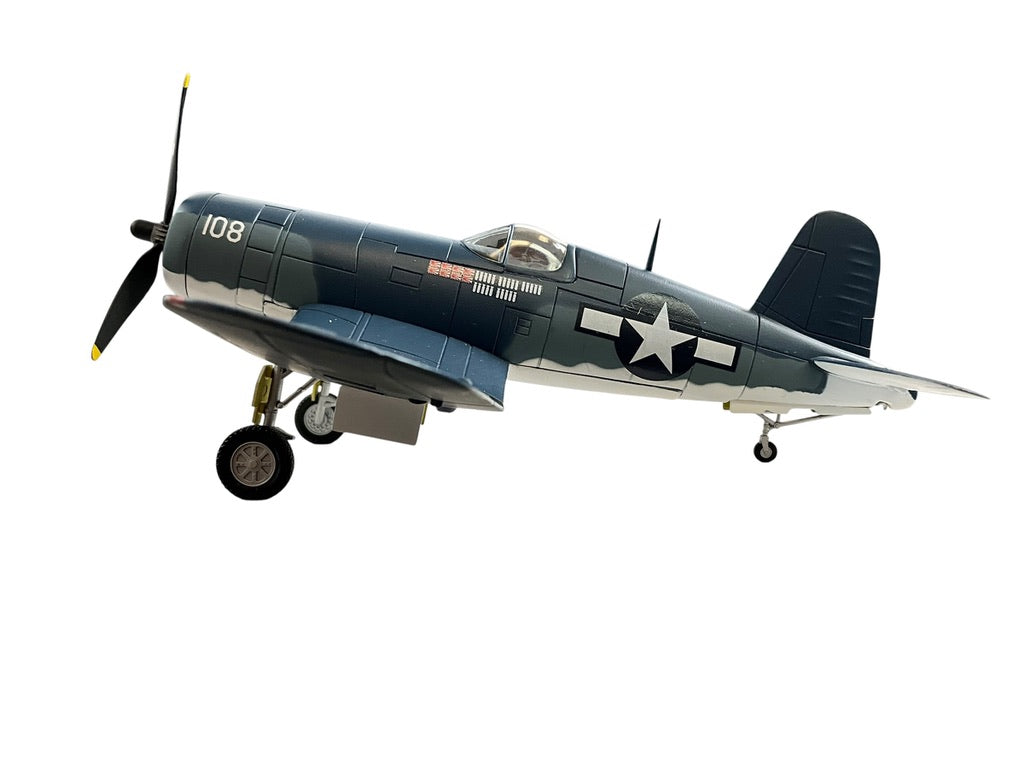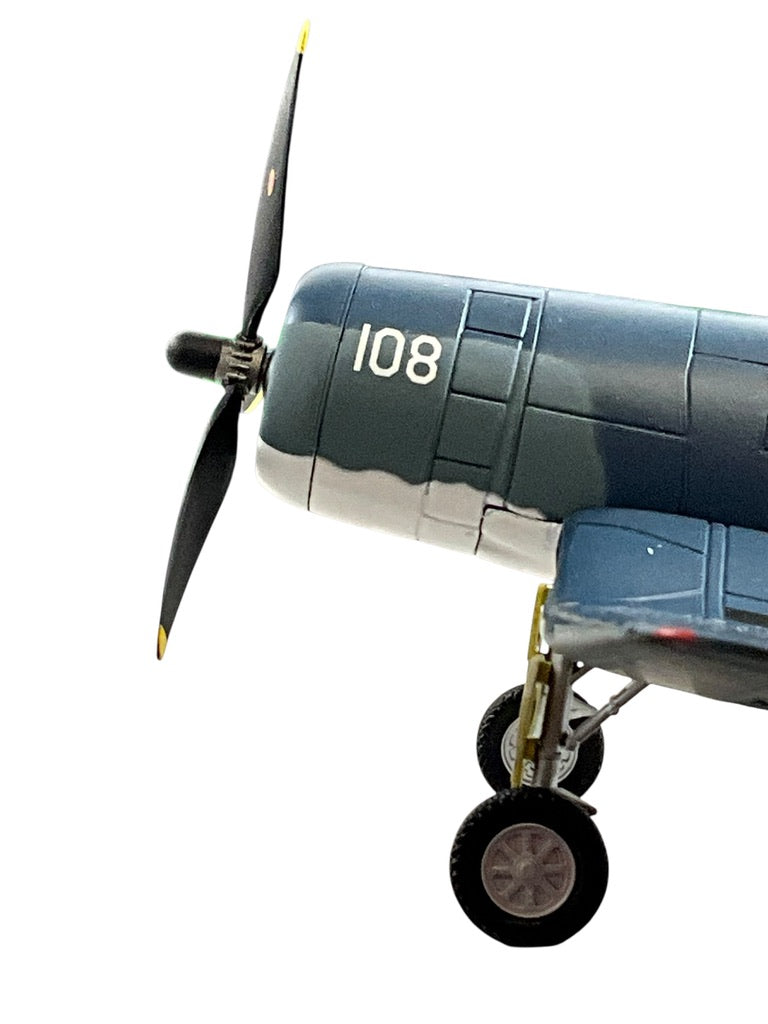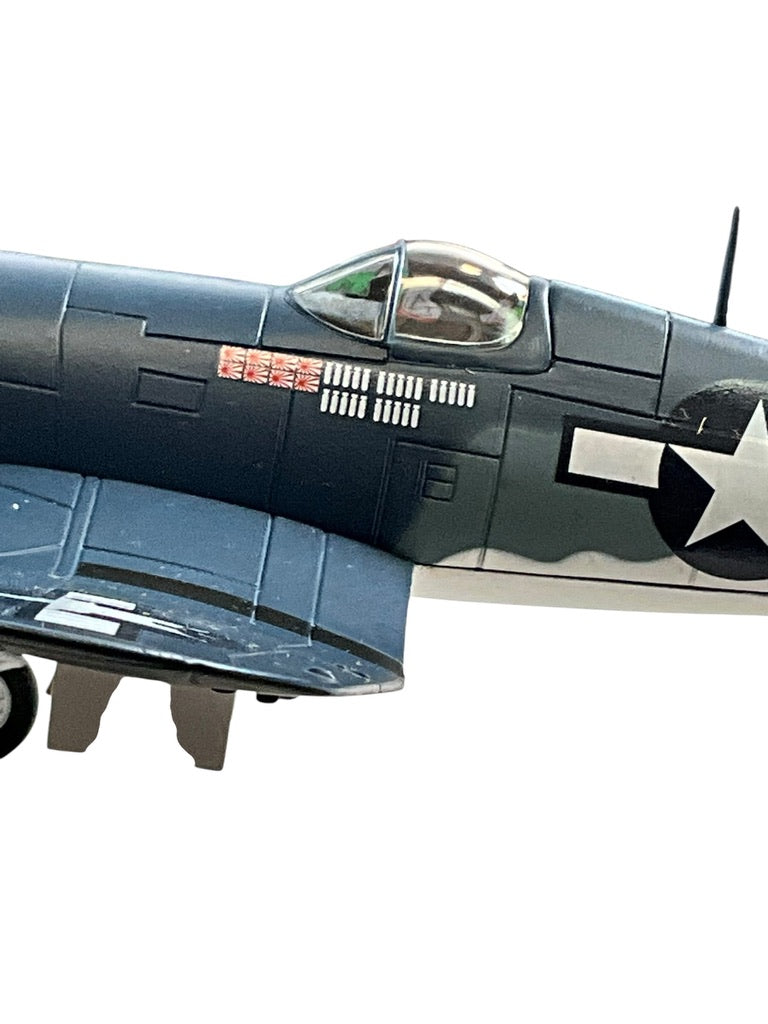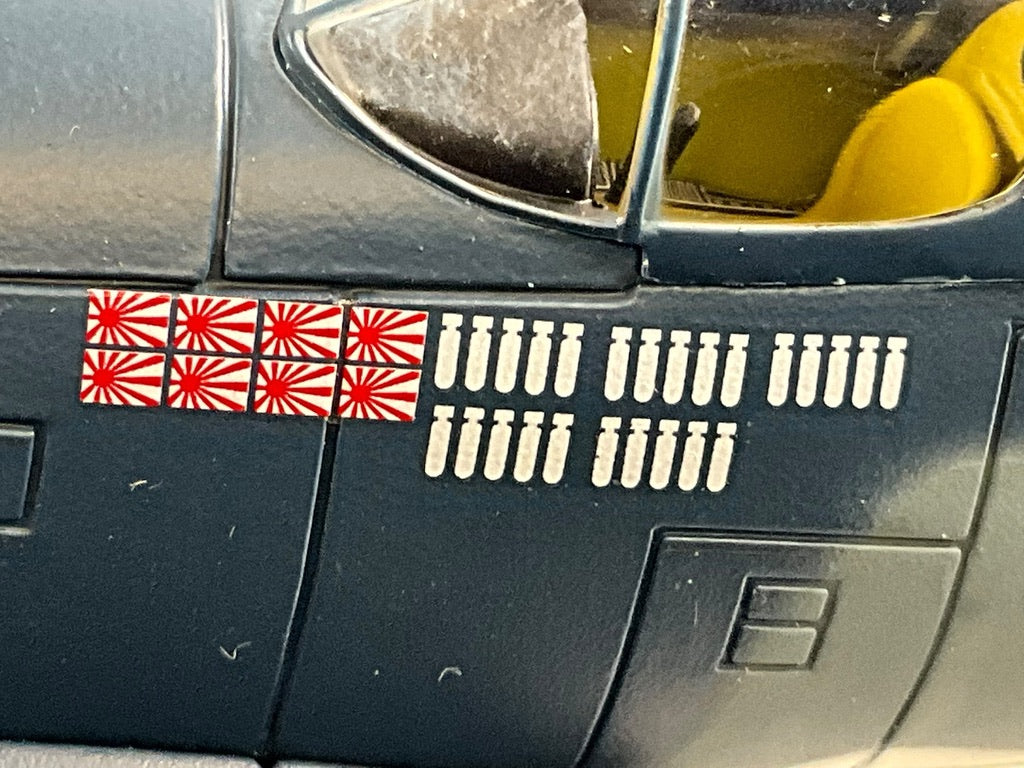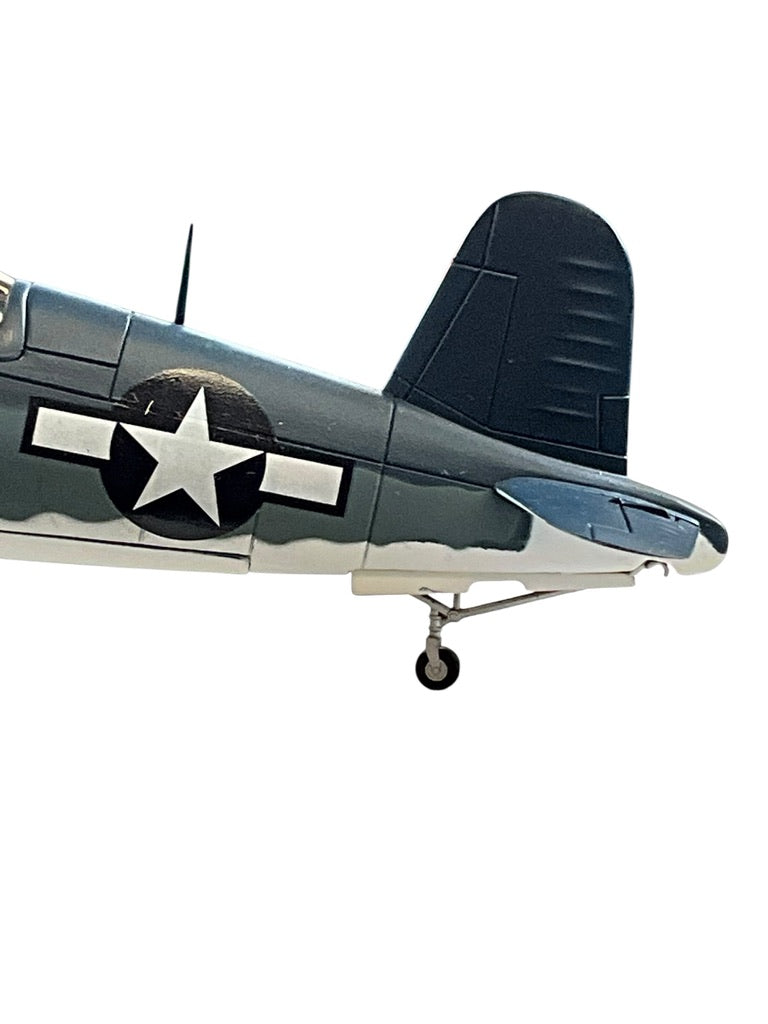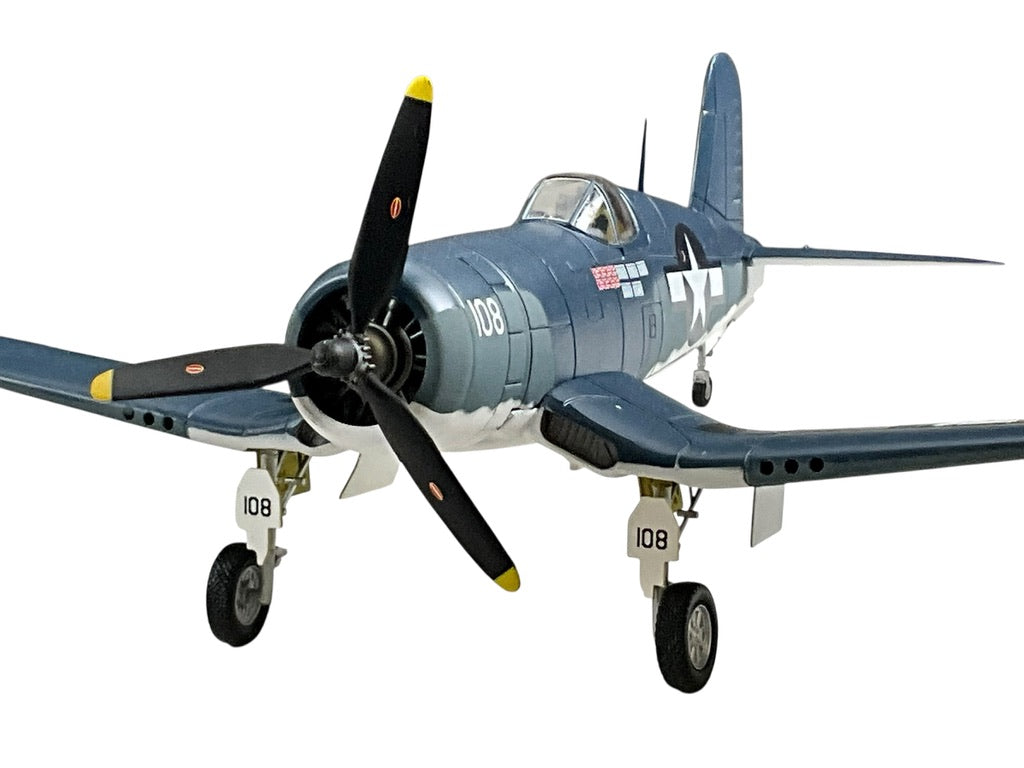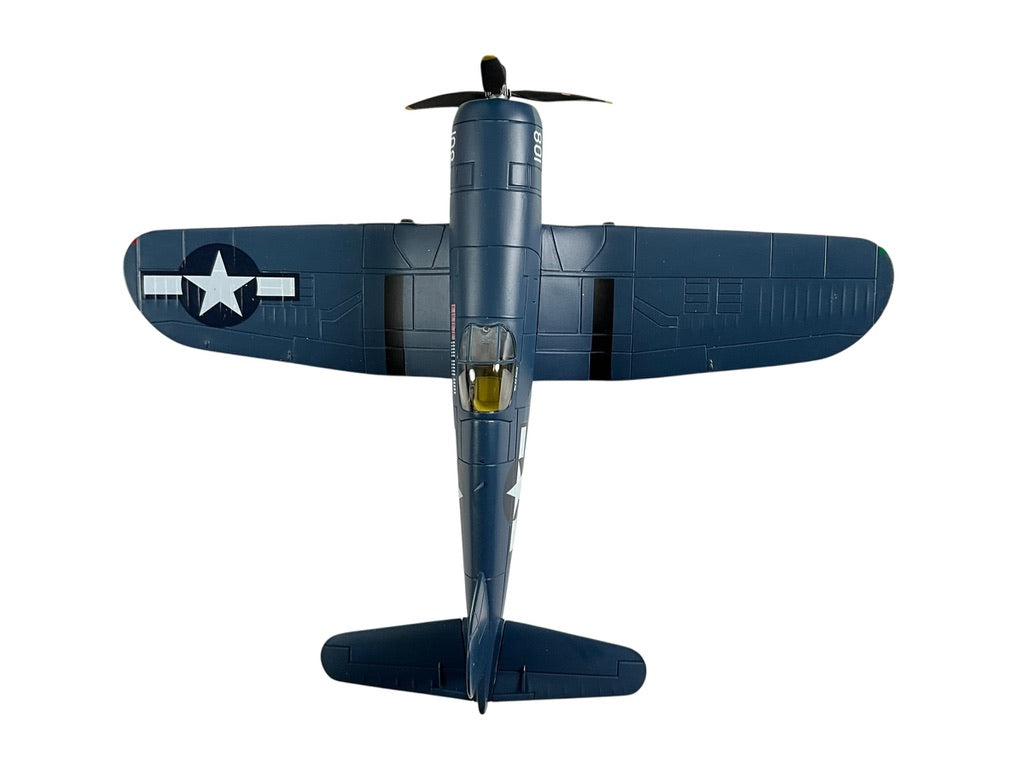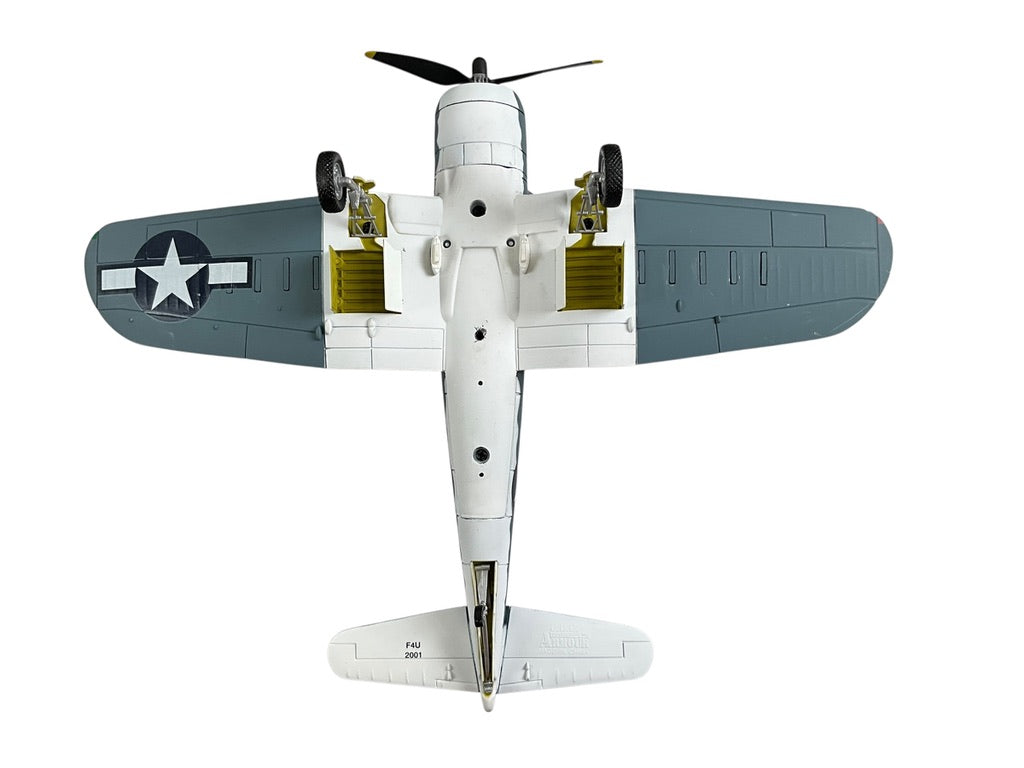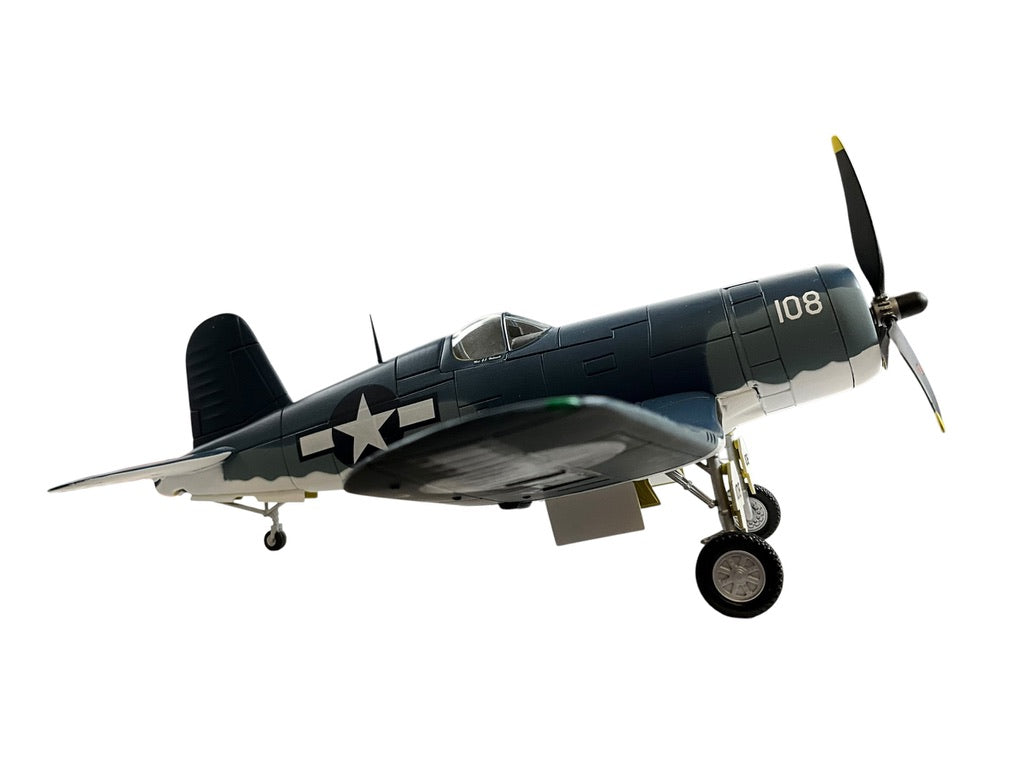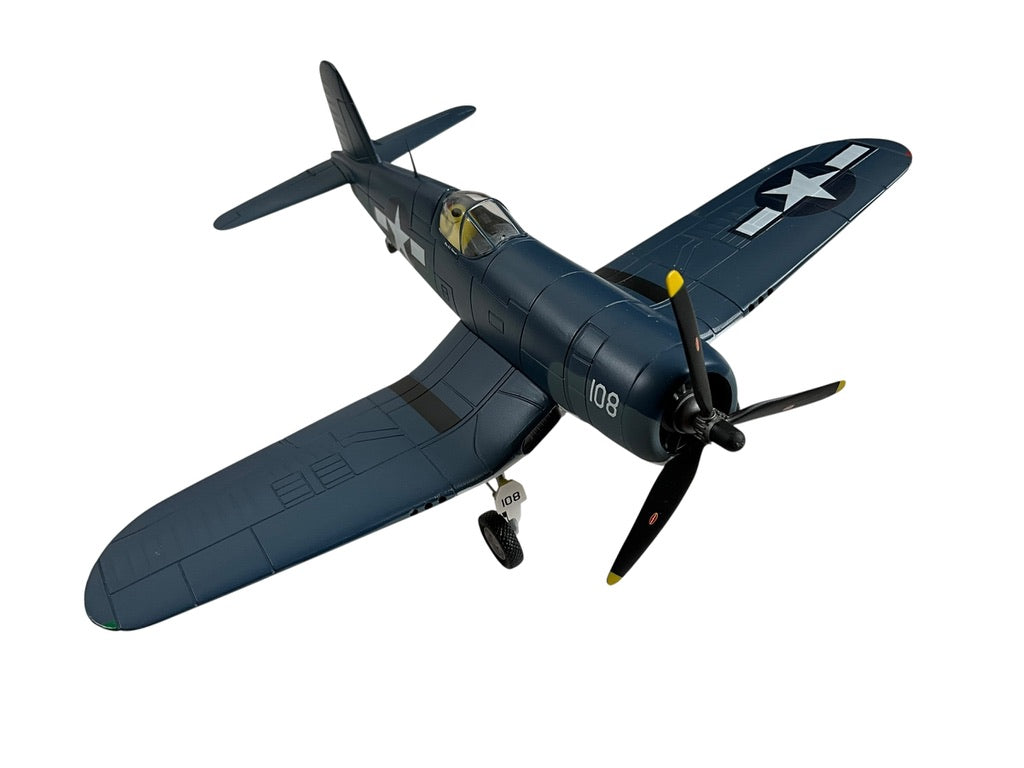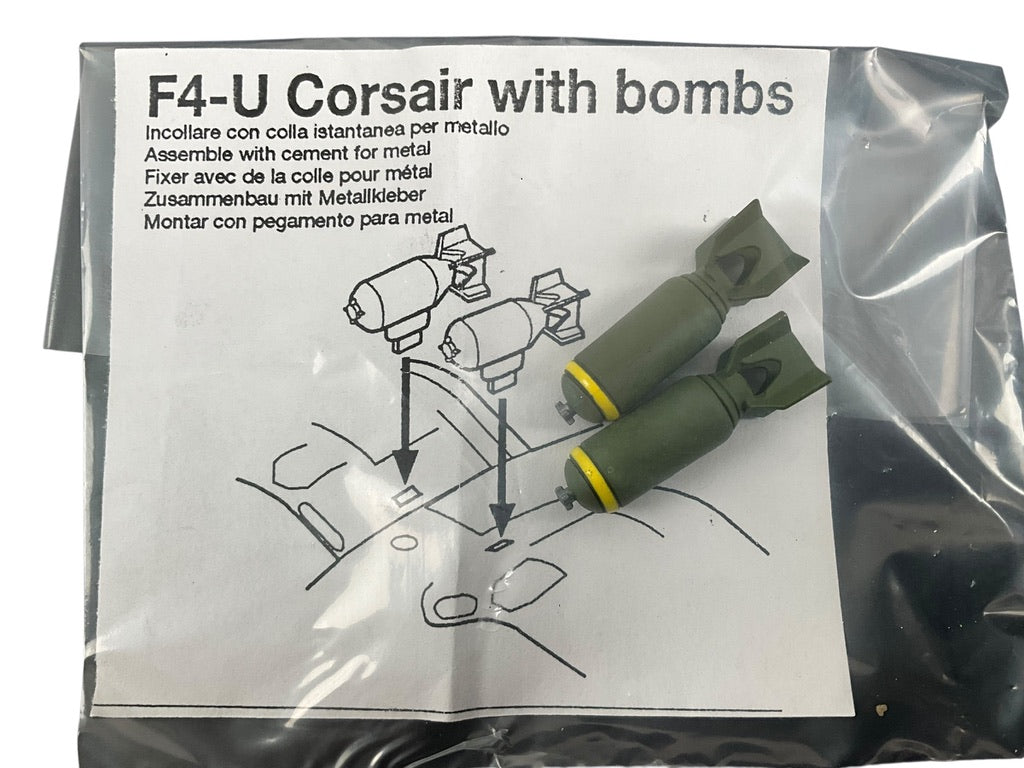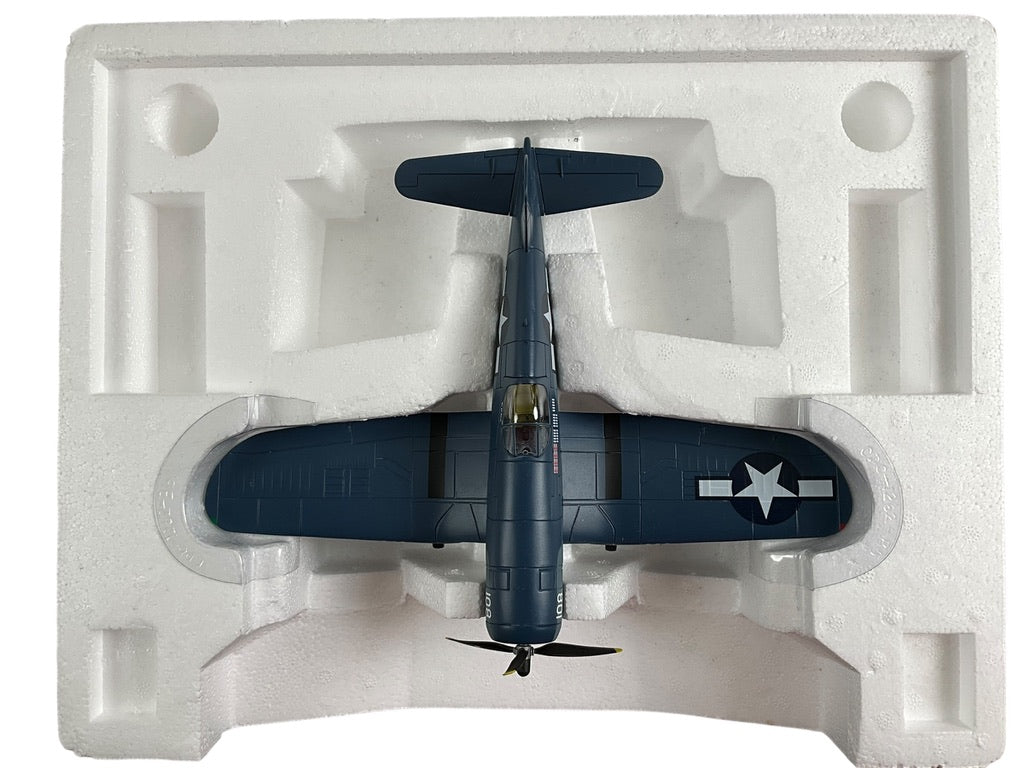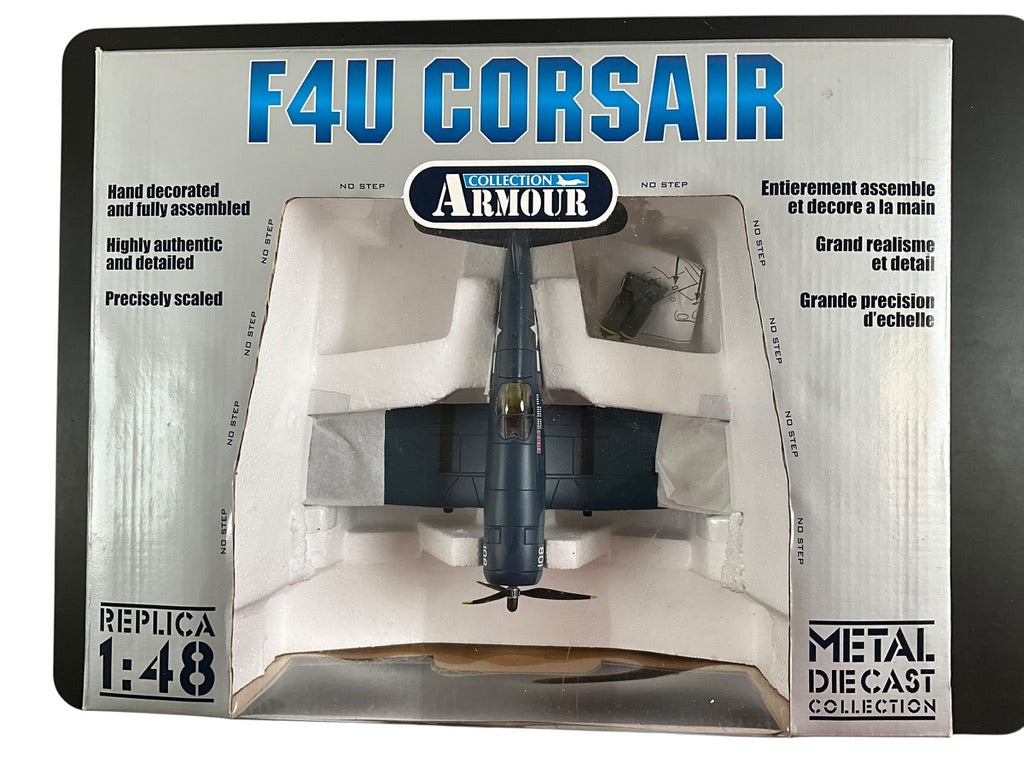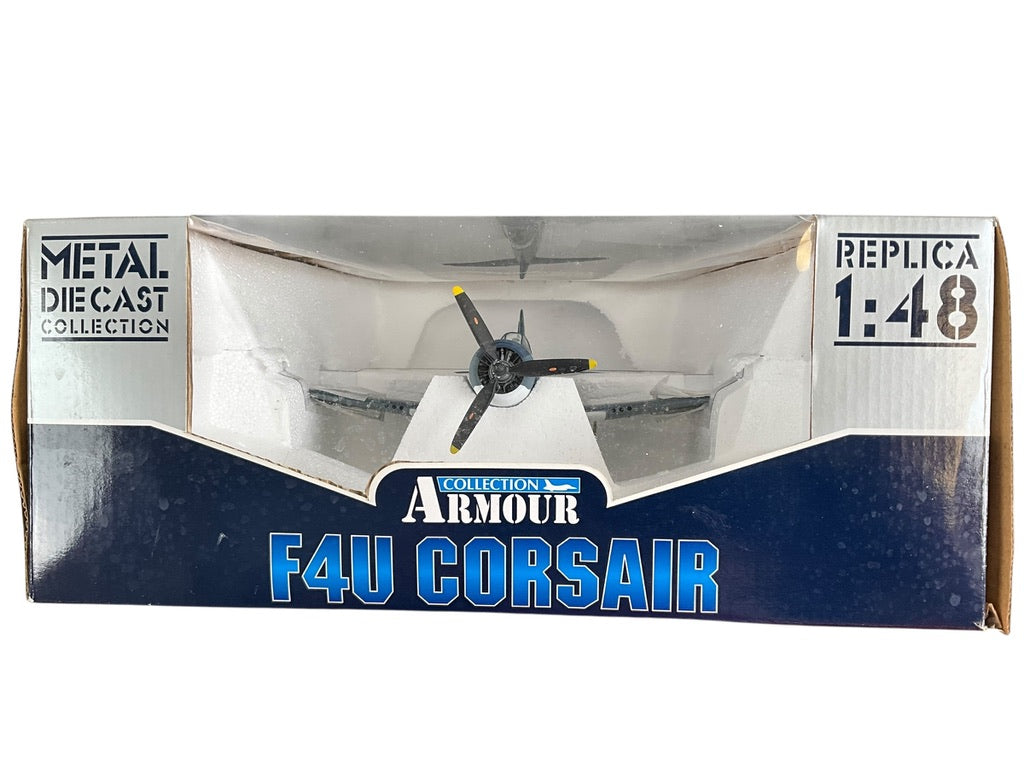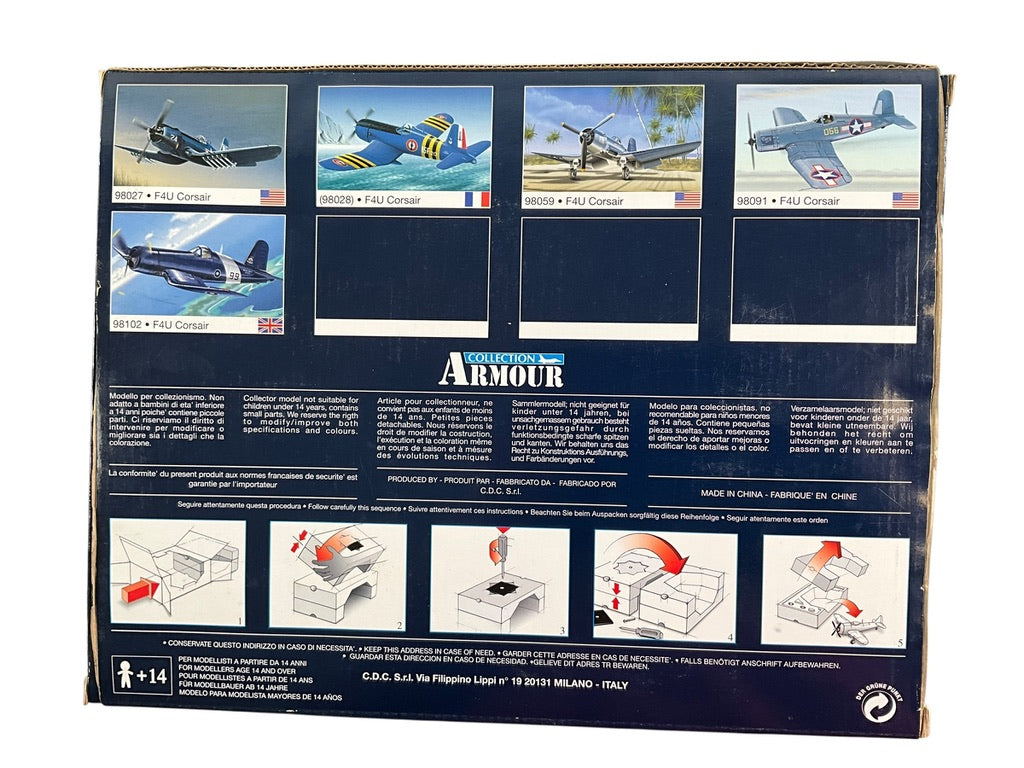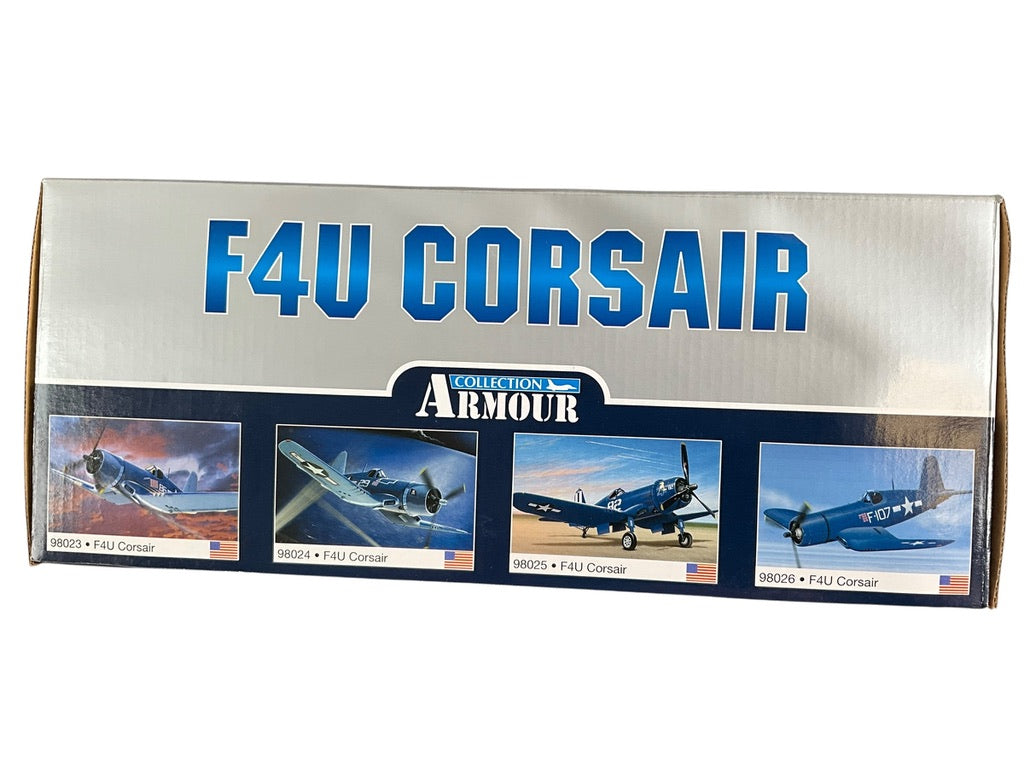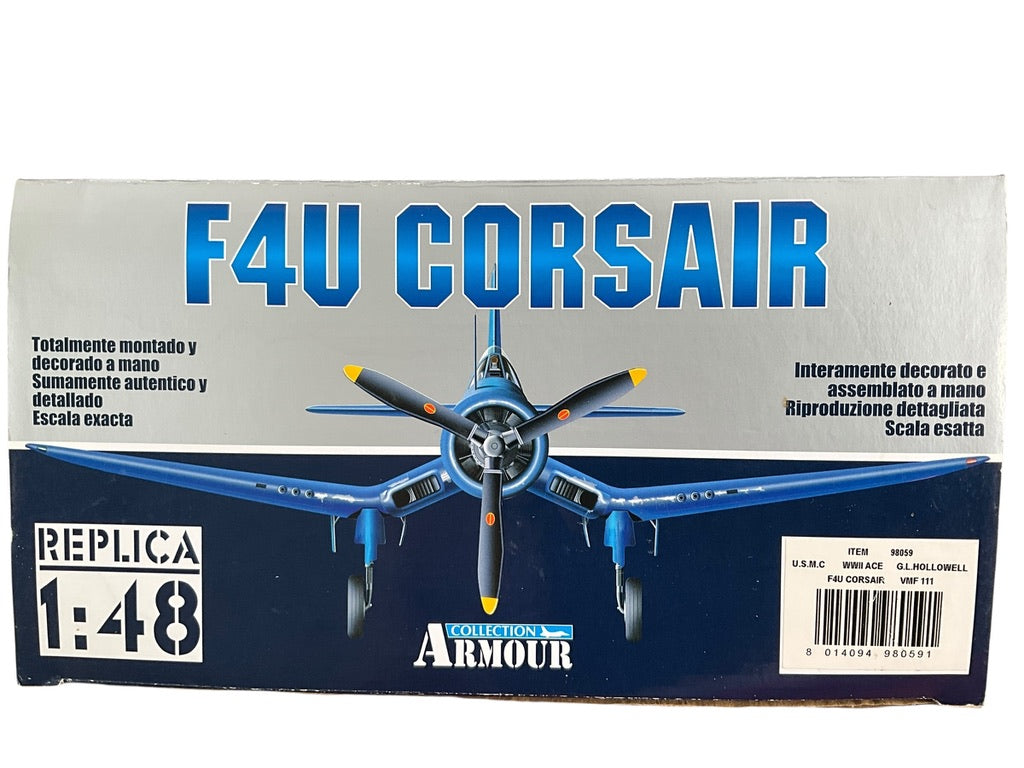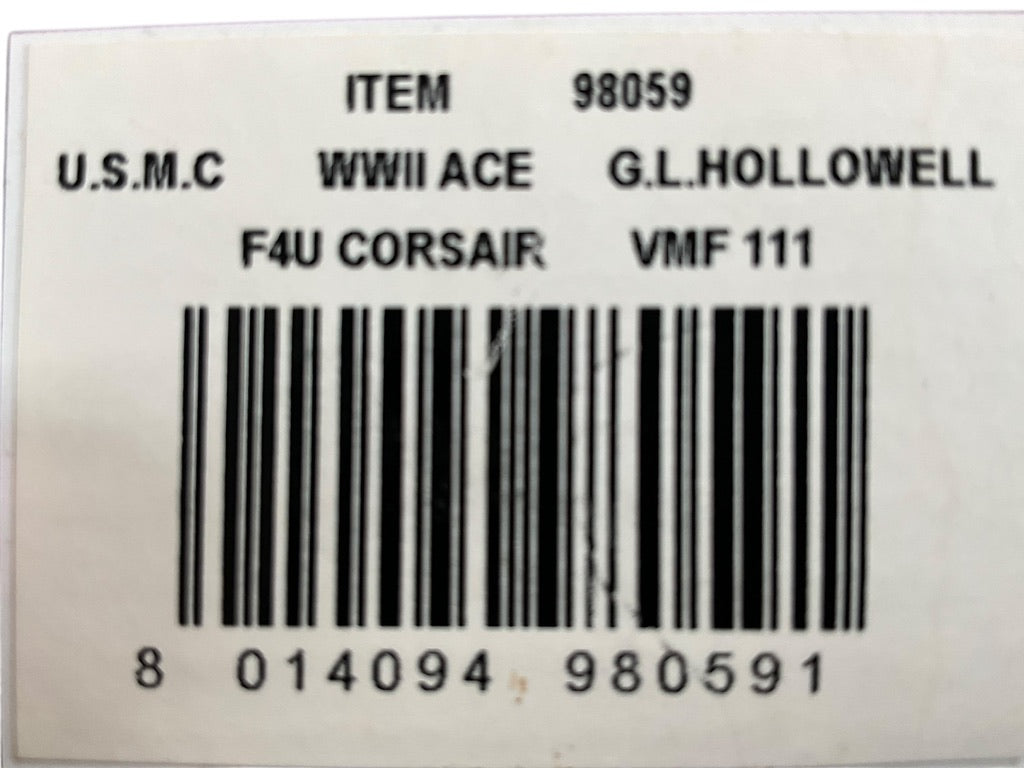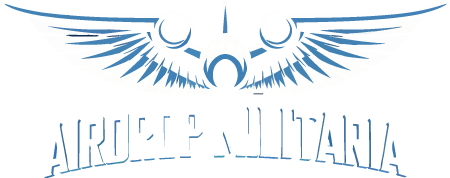airdrop militaria
1/48 Armour/Franklin Mint (98059) Chance Vought F4U Corsair (108) flown by WWII Ace G.L.Holowell (8 Kills) VMF11 "DEVIL DOGS" U.S.M.C. (Limited Edition)
1/48 Armour/Franklin Mint (98059) Chance Vought F4U Corsair (108) flown by WWII Ace G.L.Holowell (8 Kills) VMF11 "DEVIL DOGS" U.S.M.C. (Limited Edition)
Couldn't load pickup availability
1/48 Armour/Franklin Mint (98059) Chance Vought F4U Corsair (1 08) flown by WWII Ace G.L.Holowell (8 Kills) VMF11 "DEVIL DOGS" U.S.M.C. (Limited Edition)
| Marine Fighting Squadron 111 | |
|---|---|

VMF-111 Insignia
|
Marine Fighting Squadron 111 (VMF-111) was a reserve fighter squadron in the United States Marine Corps. Nicknamed the "Devil Dogs", the squadron was one of the first aviation squadrons in the Marine Corps and gained national attention in the 1930s as the Marine Corps show unit. The squadron fought in World War II and was later transferred to the Reserves where they fell under the command of Marine Aircraft Group 41 (MAG-41) and the 4th Marine Aircraft Wing (4th MAW) while stationed at Naval Air Station Dallas, Texas. They were decommissioned on 22 October 1965.
World War II
At the time of the Attack on Pearl Harbor, VMF-111 pilots were flying the Grumman F4F Wildcat. On 10 March 1942, the squadron arrived at Tafuna Airfield on Tutuila island, its new base of operations. They were the first Marine squadron to operate in Samoa.[4] and eventually were relocated to Faleolo Airfield on Upolu Island after SeeBees completed Feleolo Airfield in July 1942. They spent the next year as part of the Samoa Defense Garrison Area and finally transitioned to the Vought F4U Corsair in early 1943. The squadron remained in Samoa until 1944, serving as a replacement pool for other squadrons engaged in the Solomon Islands Campaign.[5]
VMF-111 left Samoa in January 1944 for the Central Pacific and participated in raids against bypassed Japanese garrisons for the rest of the war. It was during this time that the squadron, under the command of Major William E. Classen, made the first experimental bombing run with F4U Corsairs when eight of their aircraft struck heavy anti-aircraft positions on Mili Atoll with thousand pound bombs[6][7] Following the war the squadron returned to the States where it was deactivated on November 26, 1945.[8]
Share
